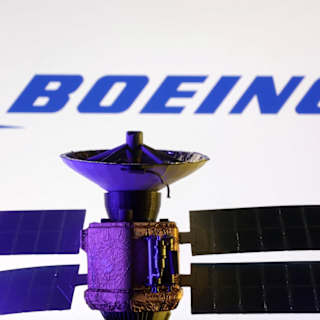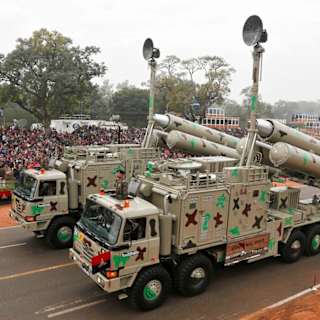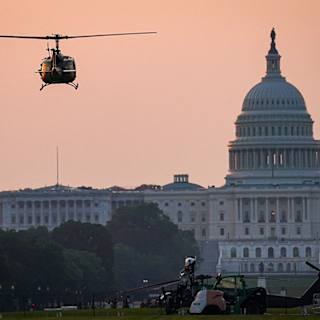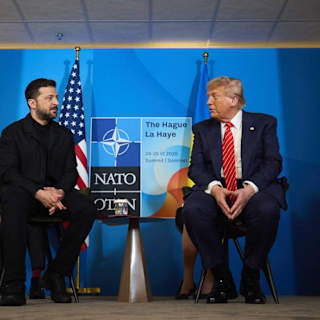- NATO Mission Expansion
- Defense Spending Context
- Historical Shift
The United Kingdom announced plans to purchase at least 12 F-35A fighter jets capable of carrying nuclear weapons, marking the first time British aircraft will have nuclear strike capability since the 1990s.
Prime Minister Keir Starmer revealed the decision at a NATO summit in The Hague on Tuesday, describing the move as the "biggest strengthening of the UK's nuclear posture in a generation". The jets will join NATO's dual-capable aircraft nuclear mission, expanding Britain's deterrent beyond its current submarine-based nuclear arsenal.
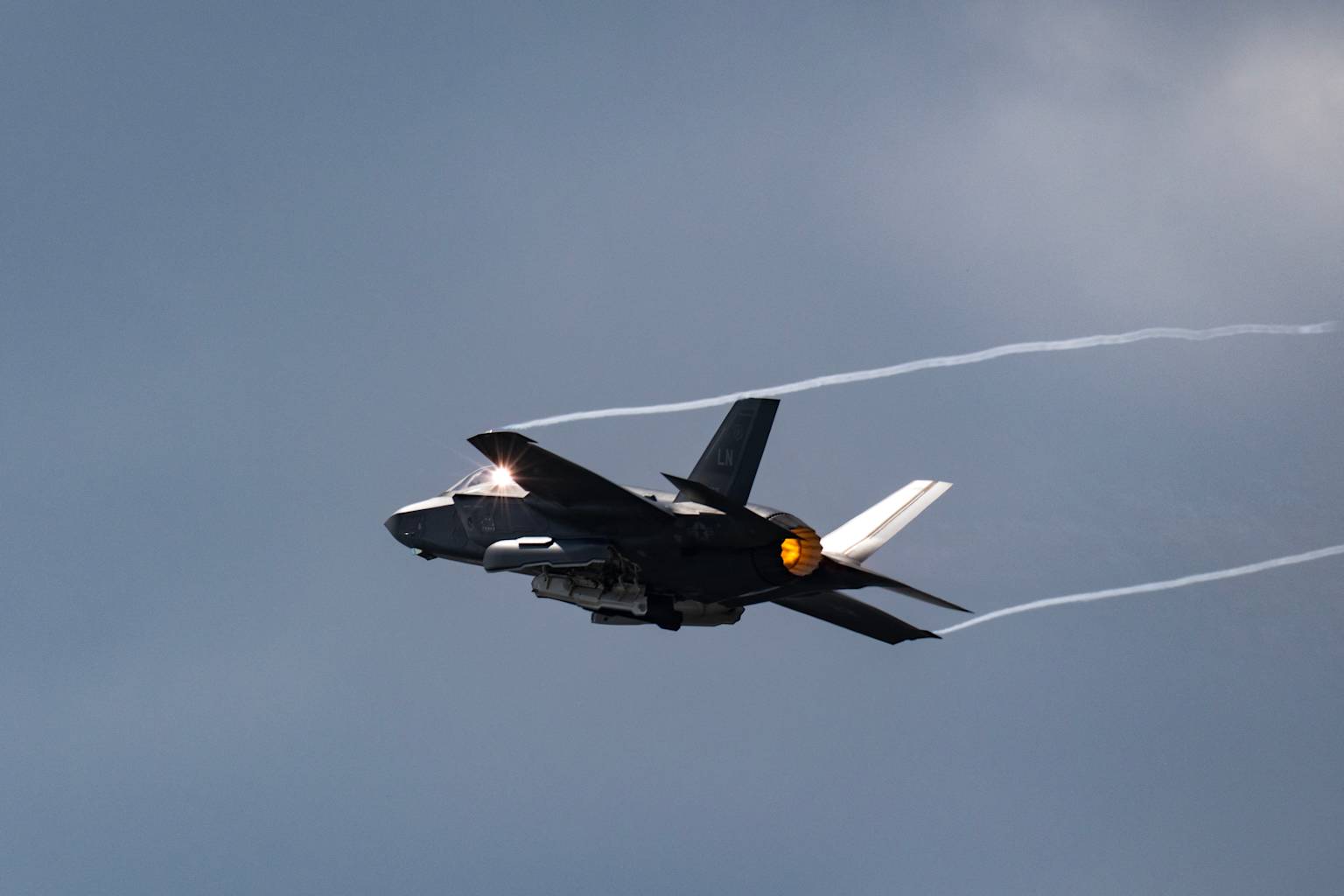
The F-35A aircraft, manufactured by Lockheed Martin, differ from the F-35B jets Britain already operates because they can carry both conventional and nuclear weapons1. The new squadron will be stationed at RAF Marham in Norfolk and represents Britain's entry into a NATO nuclear-sharing arrangement that includes Belgium, Germany, Italy, the Netherlands and Turkey2.
"In an era of radical uncertainty we can no longer take peace for granted," Starmer said1. NATO Secretary General Mark Rutte welcomed the announcement, calling it "yet another robust British contribution to NATO"1.
The F-35A officially received certification to carry the B61-12 thermonuclear gravity bomb in October 2023, making it the first stealth fighter capable of nuclear weapons delivery2. The designation came months ahead of schedule, according to the F-35 Joint Program Office.
The announcement coincides with NATO allies agreeing to increase defense spending to 5% of GDP by 2035, responding partly to pressure from President Donald Trump, who has questioned the alliance's Article 5 mutual defense commitment1. The move comes as European leaders seek to demonstrate their commitment to collective defense amid the ongoing war in Ukraine.
Britain's Defense Secretary John Healey said the Strategic Defense Review highlighted "new nuclear risks, with other states increasing, modernising and diversifying their nuclear arsenals"1. The government noted the procurement will deliver savings of up to 25% per aircraft compared to the F-35B variant while supporting over 20,000 jobs across Britain2.
The decision marks a reversal of Britain's post-Cold War nuclear strategy. The Royal Air Force last possessed nuclear-capable aircraft when it retired the Tornado in 1998, leaving nuclear deterrence solely to the Royal Navy's submarine fleet1.
Heloise Fayet, a nuclear specialist at the French Institute of International Relations, told news outlets the move illustrates "the continued re-nuclearisation of Europe" and "the renewed need for nuclear weapons" in response to Russian threats2.
The jets are part of Britain's planned total procurement of 138 F-35 aircraft over the program's lifetime3.
